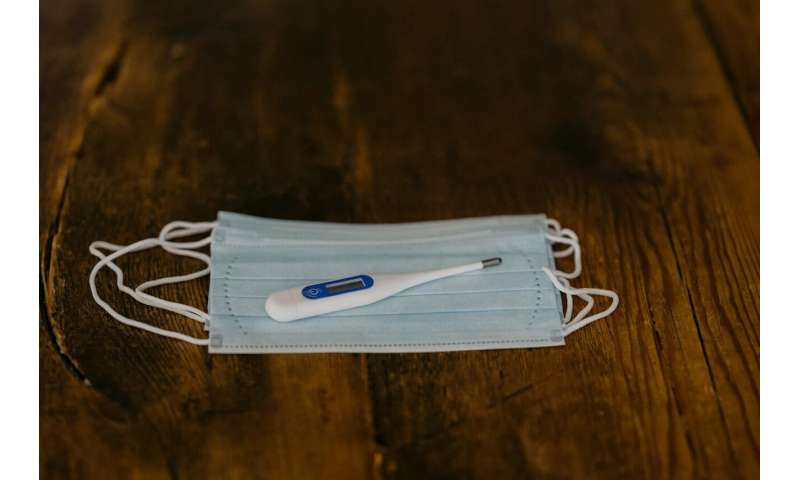How COVID-19 sheds when symptoms are relatively mild

Detailed virological analysis of nine adults from Munich, Germany, with comparatively mild symptoms of COVID-19 respiratory disease is reported in a paper published in Nature. The study shows that there is active replication of coronavirus SARS-CoV-2 in the upper respiratory tract of the patients and suggests that patients may ‘shed,’ or excrete, the virus at high levels during the first week of symptoms.
Christian Drosten and colleagues studied viral shedding in nine young and middle-aged adults diagnosed with COVID-19, who were treated for mild upper respiratory tract symptoms at a single hospital in Munich. They analyzed throat and lung samples, sputum (mucus from the respiratory tract), and stool, blood and urine collected from the patients during their clinical course.
The authors found high levels of virus replication in upper respiratory tract tissues, and report high levels of viral shedding in the upper respiratory tract during the first week of symptoms. They could isolate an infectious form of the virus from samples taken from the throat and lungs of the patients until day eight of symptoms, as symptoms waned. Two of the patients, who showed some early signs of pneumonia, continued to shed high levels of the virus in the sputum until day ten or eleven. Viral RNA remained detectable in the sputum after the end of symptoms.
The virus was not detected in blood or urine samples, and the authors did not find a replicating form of the virus in stool samples, despite high concentrations of viral RNA, supporting the theory that the virus may not be transmissible via stool. However, additional studies in larger samples are needed to investigate this possible transmission route further.
Source: Read Full Article
